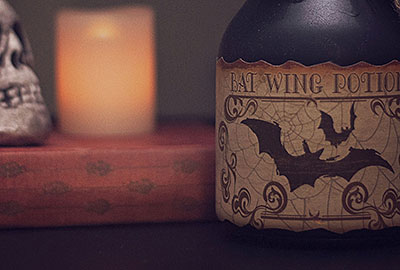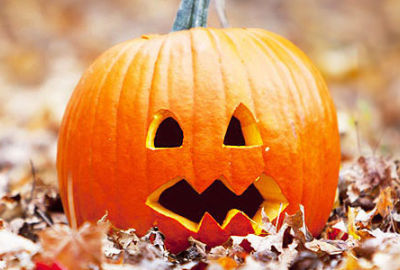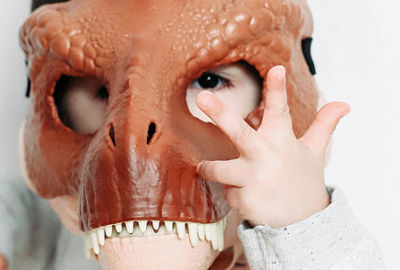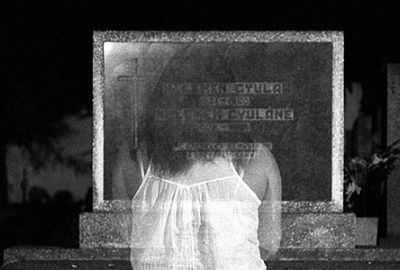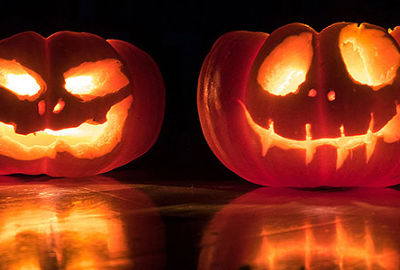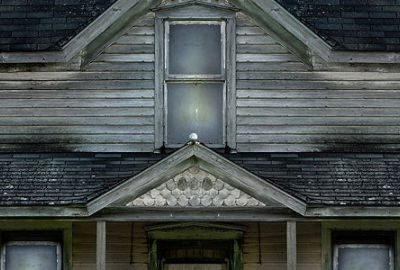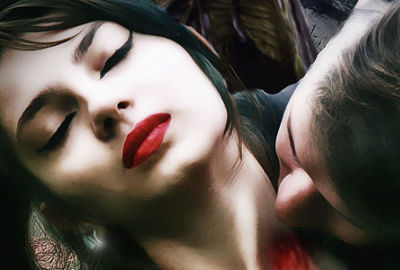About This Timeline
This timeline combines the content from other articles on Briefhistory.net into an easy to follow sequential format. It is not intended to introduce new information but to display it in a new way. The bits of information that were combined to create this timeline include the following:
As we add new content to BriefHistory.net, we will also update this timeline with new and interesting bits of trivia and place them into the proper place in the timeline.
-
Over 2000 Years Ago
The Ancient Celts
Over 2000 years ago, the ancient Celts, who lived in the area that is now Ireland, Great Britain, and Northern France, celebrated November 1st as their New Year. Since this time of the year was the beginning of winter and colder, darker days, it was more closely associated with death than any other time of the year. The Celts believed that it was at this time that the souls of the dead traveled into the other world. They also believed that during this time the dead were more likely to move among the living. To help the dead along their journey and keep the living from being affected by those of the dead who were evil, the Celts held a festival called Samhain. During this festival they would sacrifice animals, vegetables, and fruits to the dead, and light bonfires in honor of them. Also during the festival of Samhain, the Celts wore costumes of animal skins and heads, and attempted to tell each other’s fortunes.
-
7th century
“All Saints Day”
In the 7th century, Pope Boniface IV proclaimed November 1st as “All Saints Day”, which was also known as “All Hallows” or “All Hallowmas”. From this came the name “Halloween”.
-
1920s
Trick-or-treating Begins
The Celts would leave food and treats out to appease deceased spirits. Later, when Christians celebrated the holiday as All Souls’ Day, the notion of “souling” began where poor people and their children would be offered soul cakes in return for prayers for the deceased. These traditions were later changed into the practice of trick-or-treating as we know it today; the first mention of the practice occurred in the late 1920s in regions of Canada, in both Alberta and Blackie. So, although the modern practice of collecting candy is the most recognizable aspect of Halloween for many, it actually does have its roots in ancient historical practices.
Trick-or-treating may also stem from ancient Irish practices surrounding the Saint Columb Kill Festival. At the time, peasants would go from house to house collecting cheese, apples, butter, eggs, and breadcakes in order to prepare for the festivities. Interestingly, the consumption of fruitcake, a practice now commonly associated with Christmas, was originally linked to Halloween traditions as well; during Halloween some people would eat barnbrack: inside the latter treat one would find a small treat that was meant for the purposes of divination.
-
1930s
Early Halloween Costumes
By the 1930s this tradition had spread to America and the early Halloween costumes that were commonplace had moved on to significantly. While people would still create their own costumes at home there was now a large market for commercially made Halloween costumes.
Unlike early Halloween costumes these wear designed around many themes and people would dress up as any type of character. Today there are countless stores selling Halloween costumes and few really relate back to the early Halloween costumes that were worn 2000 years ago.
